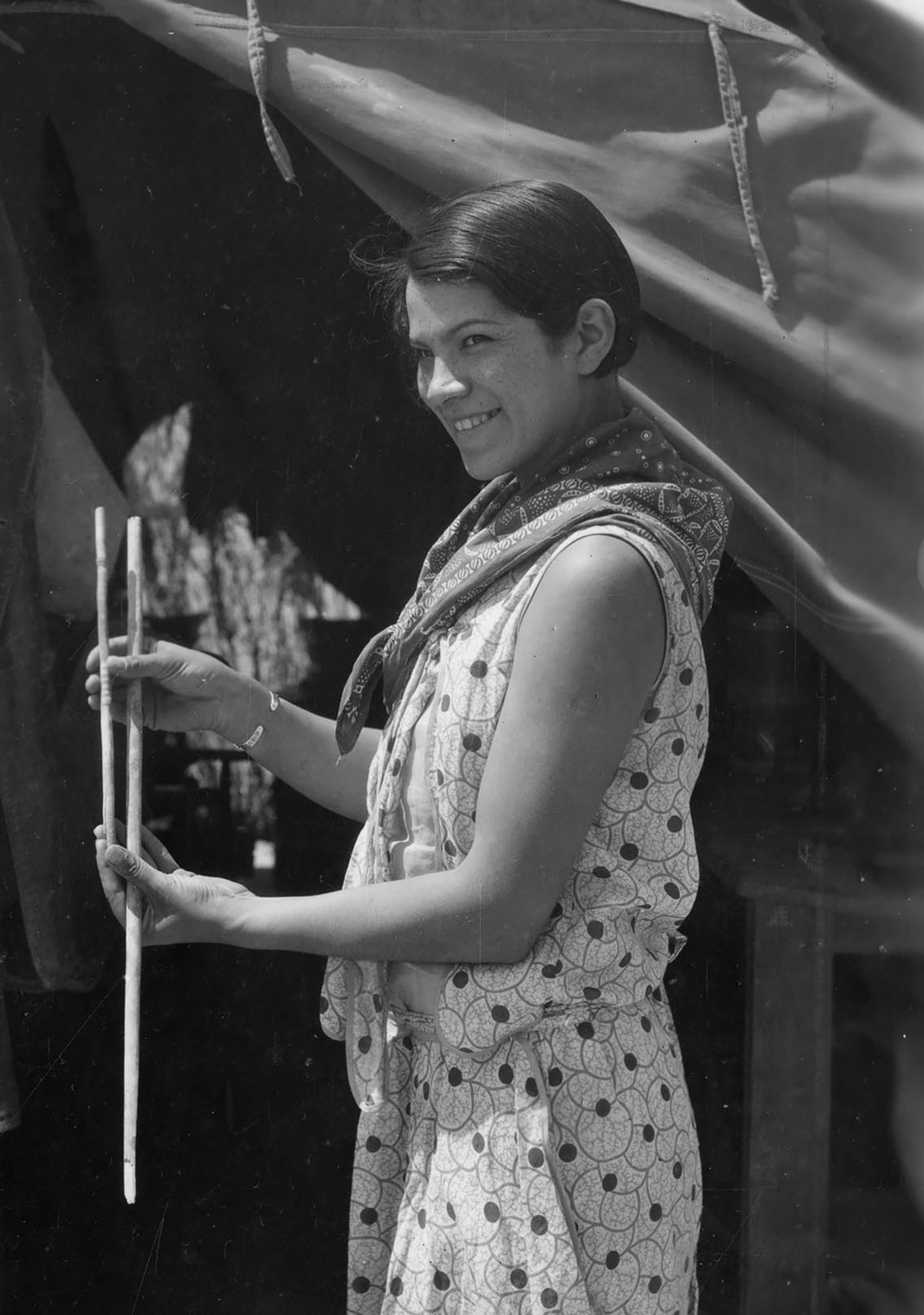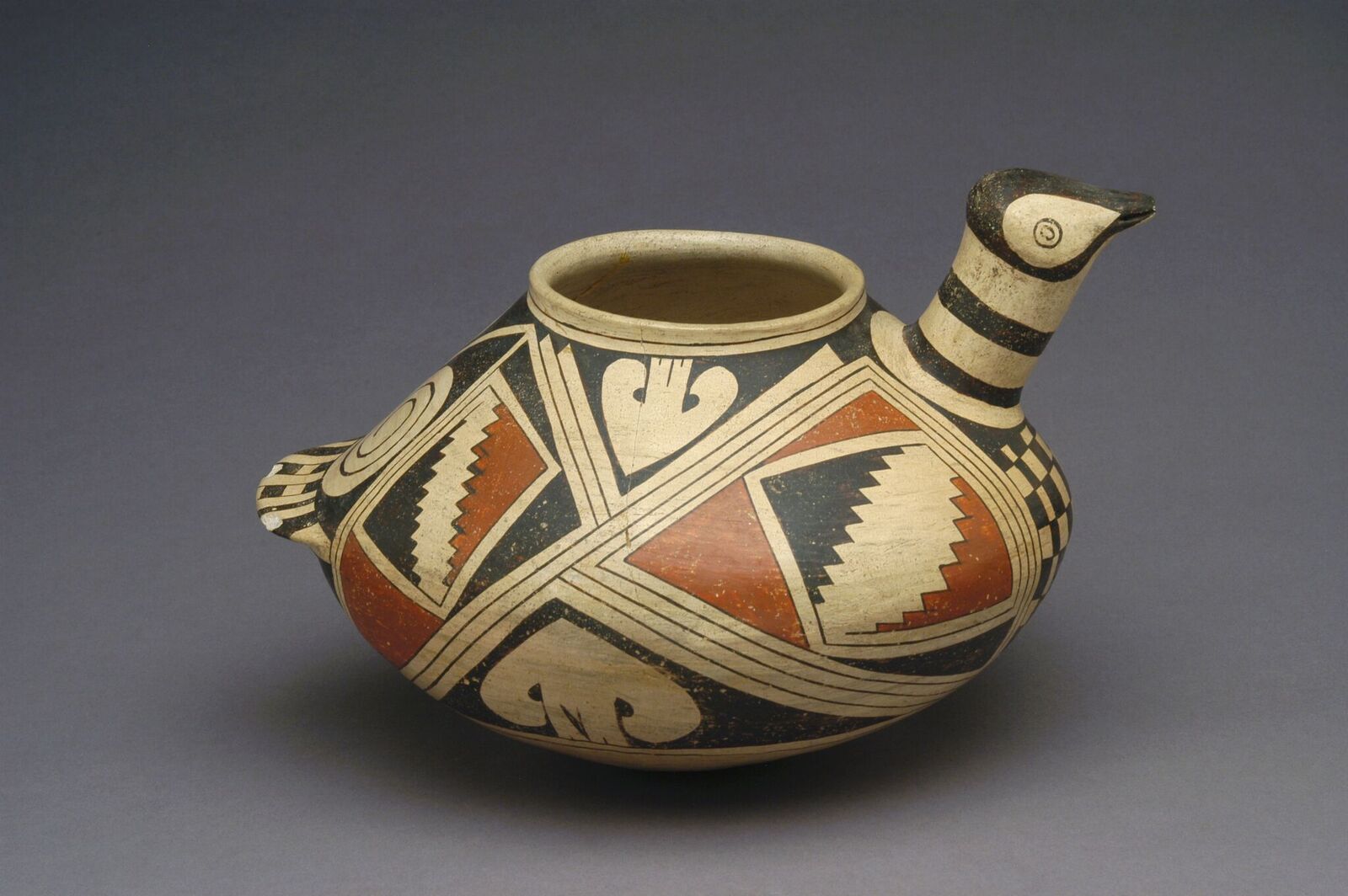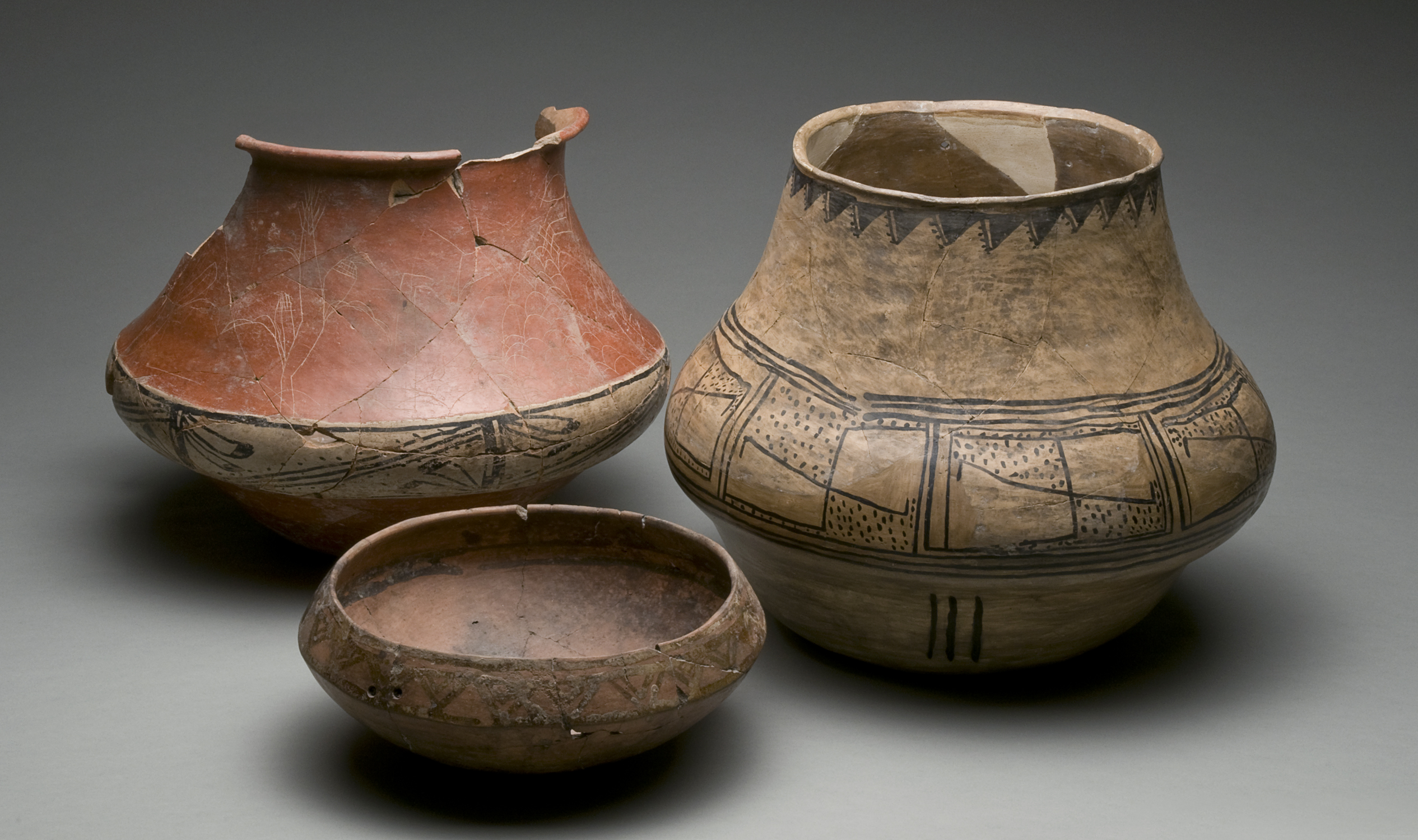
Center for New Mexico Archaeology to Open ’Women in Archaeology’ Exhibit on International Archaeology Day
(Santa Fe, New Mexico) – In celebration of International Archaeology Day, Saturday, October 19, the Center for New Mexico Archaeology (CNMA) will open its doors to the public, providing an opportunity to learn about New Mexico’s fascinating...



